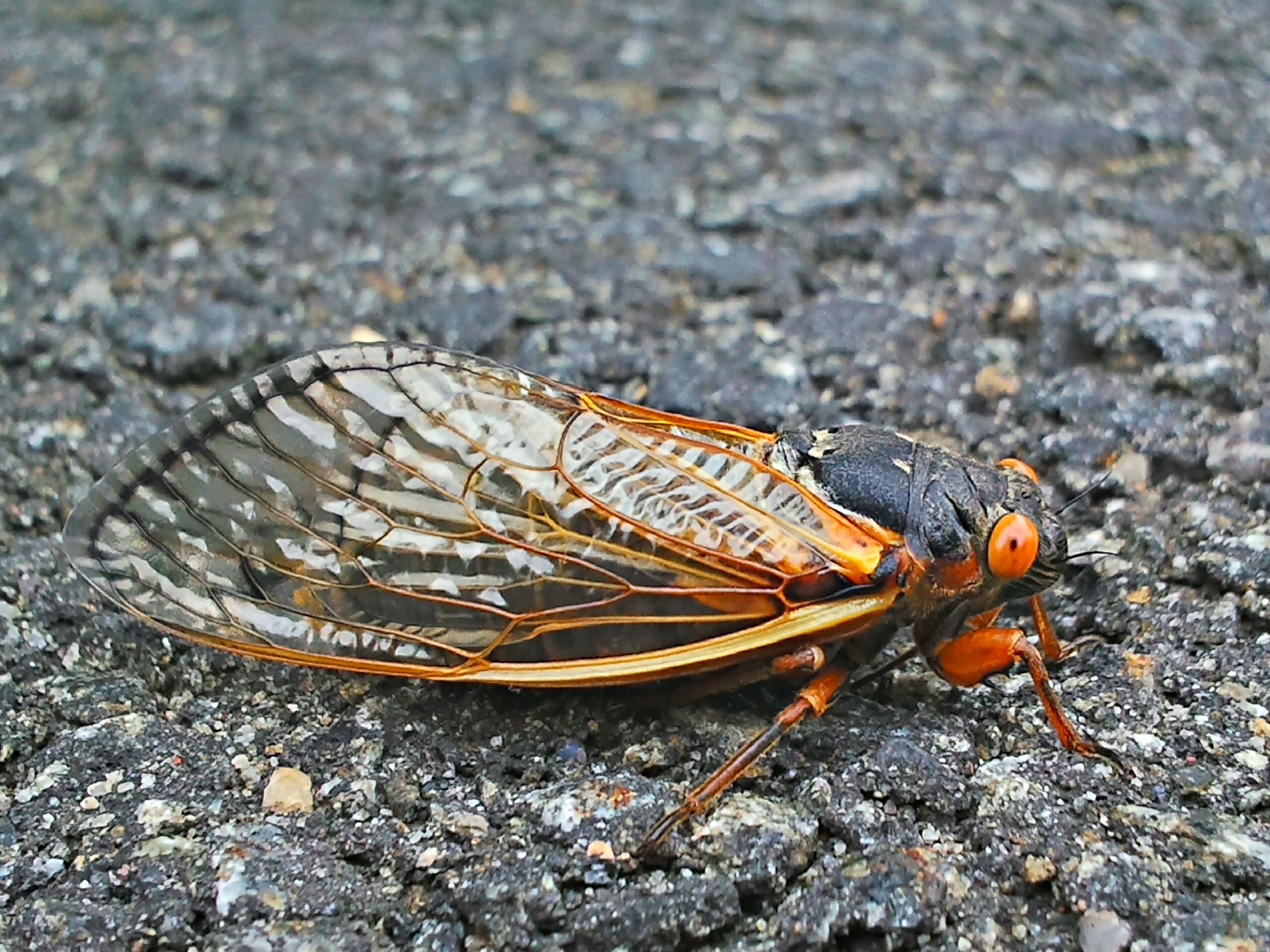Brood II on:
[Wikipedia]
[Google]
[Amazon]
 Brood II is one of 15 separate broods of ''Magicicada'' (periodical cicadas) that appear regularly throughout the northeastern United States. Every 17 years, Brood II tunnels ''en masse'' to the surface of the ground, mates, lays
Brood II is one of 15 separate broods of ''Magicicada'' (periodical cicadas) that appear regularly throughout the northeastern United States. Every 17 years, Brood II tunnels ''en masse'' to the surface of the ground, mates, lays
 In 2013, to aid in accurately mapping the geographic range of Brood II,
In 2013, to aid in accurately mapping the geographic range of Brood II,
 Brood II is one of 15 separate broods of ''Magicicada'' (periodical cicadas) that appear regularly throughout the northeastern United States. Every 17 years, Brood II tunnels ''en masse'' to the surface of the ground, mates, lays
Brood II is one of 15 separate broods of ''Magicicada'' (periodical cicadas) that appear regularly throughout the northeastern United States. Every 17 years, Brood II tunnels ''en masse'' to the surface of the ground, mates, lays eggs
Humans and human ancestors have scavenged and eaten animal eggs for millions of years. Humans in Southeast Asia had domesticated chickens and harvested their eggs for food by 1,500 BCE. The most widely consumed eggs are those of fowl, especial ...
, and then dies off over the span of several weeks.
Although entomologist C. L. Marlatt published an account in 1907 in which he argued for the existence of 30 broods, over the years a number have been consolidated and only 15 are recognized today as being distinct. Brood II is among the 12 different broods with 17-year cycles.
History
In 1775,Thomas Jefferson
Thomas Jefferson (April 13, 1743 – July 4, 1826) was an American statesman, diplomat, lawyer, architect, philosopher, and Founding Fathers of the United States, Founding Father who served as the third president of the United States from 18 ...
recorded in his Memorandum Books Brood II's 17-year periodicity, writing that an acquaintance remembered "great locust years" in 1724 and 1741, that he and others recalled another such year in 1758 and that the insects had again emerged from the ground at Monticello
Monticello ( ) was the primary plantation of Founding Father Thomas Jefferson, the third president of the United States, who began designing Monticello after inheriting land from his father at age 26. Located just outside Charlottesville, V ...
in 1775. He noted that the females lay their eggs in the small twigs of trees while above ground.
Brood II last appeared in the late spring and summer of 2013, and will emerge again in 2030 and 2047.
The 4-centimeter long (1.5 in) black insect
Insects (from Latin ') are pancrustacean hexapod invertebrates of the class Insecta. They are the largest group within the arthropod phylum. Insects have a chitinous exoskeleton, a three-part body ( head, thorax and abdomen), three pairs ...
s do not sting or bite. Once they emerge, they spend their short, two-week adult lives climbing trees, shedding their crunchy skins and reproducing. They can number up to a million per hectare (2.5 acres).
2013 emergence
 In 2013, to aid in accurately mapping the geographic range of Brood II,
In 2013, to aid in accurately mapping the geographic range of Brood II, National Public Radio
National Public Radio (NPR, stylized in all lowercase) is an American privately and state funded nonprofit media organization headquartered in Washington, D.C., with its NPR West headquarters in Culver City, California. It differs from other n ...
's science show Radiolab
''Radiolab'' is a radio program produced by WNYC, a public radio station in New York City, and broadcast on public radio stations in the United States. The show is nationally syndicated and is available as a podcast. Live shows were first offe ...
created the Cicada Tracker project. It encouraged listeners to use a mix of Arduino
Arduino () is an open-source hardware and software company, project, and user community that designs and manufactures single-board microcontrollers and microcontroller kits for building digital devices. Its hardware products are licensed unde ...
-based tools to report the underground soil temperature so as to predict when the cicadas would appear. The National Geographic Society
The National Geographic Society (NGS), headquartered in Washington, D.C., United States, is one of the largest non-profit scientific and educational organizations in the world.
Founded in 1888, its interests include geography, archaeology, and ...
sponsored a citizen science
Citizen science (CS) (similar to community science, crowd science, crowd-sourced science, civic science, participatory monitoring, or volunteer monitoring) is scientific research conducted with participation from the public (who are sometimes re ...
project, the Magicicada Mapping Project, to track actual emergence. Clarinetist David Rothenberg
David Rothenberg (born 1962) is a professor of philosophy and music at the New Jersey Institute of Technology, with a special interest in animal sounds as music. He is also a composer and jazz musician whose books and recordings reflect a long ...
performed with these cicadas, and has also performed with Brood XIX
Brood XIX (also known as The Great Southern Brood) is the largest (most widely distributed) brood of 13-year periodical cicadas, last seen in 2011 across a wide stretch of the southeastern United States. Periodical cicadas (''Magicicada spp.'') ...
.
References
External links
* * Cicadas {{Auchenorrhyncha-stub